
We kindly inform you that, as long as the subject affiliation of our 300.000+ articles is in progress, you might get unsufficient or no results on your third level or second level search. In this case, please broaden your search criteria.





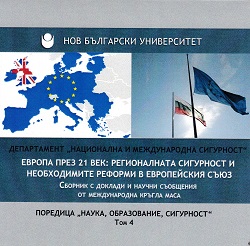
The work analyzes the French approach to the concept of "network-centric warfare". The concept comes from the United States and quickly spreads to the defense departments not only in the US but also in Europe. The analysis of the French approach to the concept allows predicting the future of network-centric structures and their impact on the developed world.
More...
The report examines security through the prism of today's reality in which security policy should take into account both civilian and military aspects of dangers and threats. The author recommends the EU to decide on its role in security and defense, as well as to whether or not it is more effective these issues to remain within the competence of NATO, given the established and worked in this organization norms, rules and procedures. Union could be much more effective in the field of diplomacy. The question is about objectively possible, not desired field of activity and intensity to overcome the critical matching internal difficulties in EU to external dangers posed by the crisis in the former Soviet Union, Africa, and Middle East.
More...
Europe must have the military power to defend and impose its interests and protect its values. Military force with built structure capable of functioning in a multilateral security organization with common operational procedures and an effective command and control, efficient logistic support, major transport facilities and well trained and capable of interchanging armed forces.The main problems related to the establishment of joint armed forces are: lack of a unified vision of the member states about such a need; complexity of the relationship "NATO and the European Union"; difficulty agreeing on geographical areas of operation; US policy; costs and others.
More...
The report discusses issues concerning the development of a common European approach to the collection and processing of PNR data at external EU flights for law enforcement purposes in serious crimes, terrorist crimes in the context of countering foreign terrorist fighters. The process of elaboration and the nature of the unified European legal framework as well as bilateral agreements with the US, Australia and Canada in the field are analyzed. This paper examines the correlation between the provision of reservation data to the founding principles of necessity and proportionality.
More...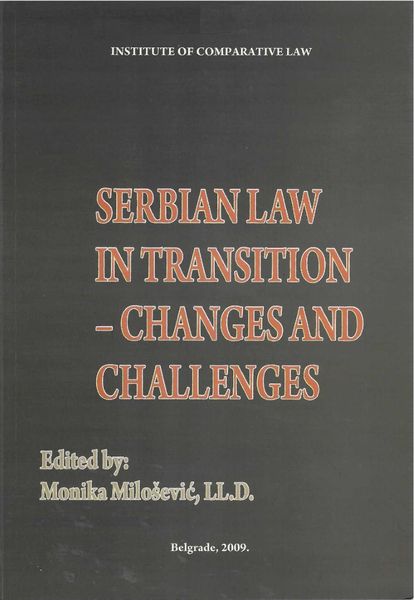
Defense system in Serbia has developed significantly over the last decade. Transition and democratic change affected its very foundations, and it is reshaping into efficient and modern defense structure. Legislative changes are very important in this area – closer look at laws and proposed but never adopted acts during this process will show how hard is “to teach a bear to dance”.1 New legislative framework over last three years made a qualitative difference between the old army system and emerging shapes of the new one. Hence, the analyzed normative solutions will give a clear look at the modern military law concept in Serbia, and answer the question: how far did Serbia get on Euro-Atlantic path?
More...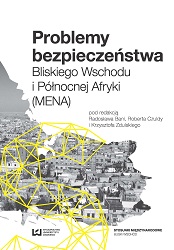


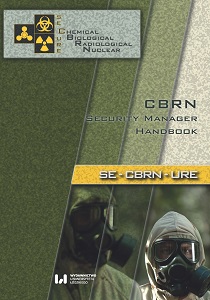
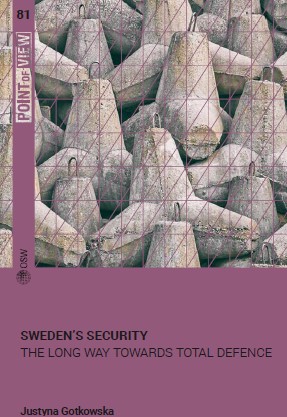
Since 2008, the Swedish security and defence establishment has become increasingly concerned about the security of the country and the Nordic‑Baltic region. Russia’s repeated violations of international law, the unravelling of the European security architecture, the dismantling of the arms control regime and rising tensions between the US and Europe have contributed to this rising insecurity. Russia’s 2014 intervention in Ukraine was a reason for a thorough redefinition of Swedish security policy, although this process had already begun after the 2008 Russian‑Georgian war. Between 2015 and 2020, territorial defence was made a priority, which was reflected in changes to the Swedish Armed Forces and the stepping up of military cooperation with NATO, the US, and Finland. The security strategy for 2021–2025 outlines the further transformation of the Swedish Armed Forces and of Sweden’s defence policy.
More...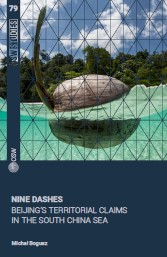
For more than a decade, the South China Sea has been one of the most significant hot spots in East Asia and, to a large degree, also globally. Due to its fundamental importance for global maritime transport, its natural resources and its strategic location, the South China Sea is not only a key element of the policy pursued by its littoral states, but is also an area of interest of the world’s greatest powers. Although the importance of South China Sea cannot be overestimated, territorial disputes affecting it have remained unsettled since the end of World War II and have been the subject of rivalry between the region’s states, the People’s Republic of China in particular.
More...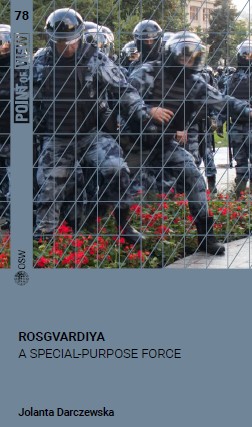
The creation of the National Guard of the Russian Federation (FSVNG) follows a long tradition of the Russian security services. Periodic reorganisations involving changes of names, structures and leaders to ‘reset’ the service in question have been an important element of this tradition. In contrast to the more radical changes that happened in the past, the creation of the FSVNG, or Rosgvardiya (the short name also appears in official documents) was an evolutionary process1, announced many years earlier as part of the efforts to modernise the internal troops and improve their efficiency. The provisions of the relevant federal bill and the presidential decrees governing the operations of the new service, as well as the information campaign that accompanied its creation, suggested the reform would be technical. Rosgvardiya’s statutory tasks do not differ much from the tasks of the Internal Troops and the police formations that were incorporated into it.
More...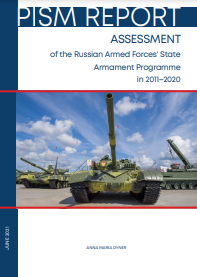
Russia’s State Armament Programme (SAP) comprises medium-term plans for the technical modernisation of all the armed forces. It includes an analysis and assessment of threats to national security. The development of the SAP iterations is coordinated by the Ministry of Defence (MoD) and involves other ministries and the defence industry. The SAP is subject to periodic reviews, which lead to revisions based on experience from military operations and other testing and uses. Before the SAP for 2011-2020, Russia implemented other reforms and the SAP for 2007-2015, the primary goal of which was to increase the share of modern weapons in the armed forces to 30%. According to data presented by the Russian authorities (both the defence minister and the president), in 2020 the formal goal of the SAP for 2011-2020 had been achieved: the share of modern weapons exceeded 70%.1 It is difficult to properly assess the methodology adopted by the Russian MoD or indicate which portion of the armaments are completely new and which were only modernised and to what extent. SAP 2011-2020 was prepared under specific conditions. It was an integral part of the comprehensive reform of the Russian armed forces inaugurated in 2009. Moreover, it was created at a time when Russia, for the first time in its modern history, had at its disposal sufficient financial resources and technical capabilities to implement such reform, which was mainly possible due to the growing revenues from the sale of energy resources. The assumptions of the document also corresponded to the next version of the Russian military doctrine that was being developed at that time and subsequently published in 2010.2 In the 2010 doctrine, Russia identified as significant threats the creation and deployment of strategic missile defence systems that undermine global stability and upset the existing balance of strategic (nuclear) forces, the militarisation of outer space, and the deployment of strategic non-nuclear precision weapons systems. The document also emphasised that military operations would be characterised by the growing importance of precision electromagnetic and laser platform weapons, information systems, unmanned aerial vehicles and autonomous maritime vehicles. It pointed out that nuclear weapons will remain an important factor in preventing the outbreak of nuclear armed conflicts as well as certain conventional armed conflicts. The response to these challenges and threats was largely reflected in SAP 2011- 2020. One of the priorities was to modernise the strategic forces, which corresponded to the content of the doctrine in which Russia must maintain the condition of these forces, the level of combat readiness and the training of crews to a degree that guarantees damage to the aggressor under all conditions (in practice, this meant maintaining the capability of a retaliatory nuclear strike on a severe scale). The 2010 doctrine also assumed a comprehensive rearmament of military units to a level of constant combat readiness, as well as anti-terrorist, engineering, and technical forces. The Russian government set itself the goal of providing the armed forces with modern weapons, military and special equipment (material and technical resources) and increasing the technological capabilities of the defence industry as well as the quality of the weapons produced. An important task was ensuring technological independence from NATO countries or Ukraine, a traditional supplier, in the production of strategic and other weapons, as well as military and special equipment. Another multi-annual rearmament plan was adopted in December 2017 and covered the period 2018-2027 (the scope of it partially overlaps SAP 2011-2020). Its assumptions drew on the operational experience of the Russian armed forces in Syria and Ukraine. It also took into account the degree of implementation of SAP 2011-2020, in particular the need to extend work on some flagship projects (e.g., concerning a modern tracked platform and a 5th-generation fighter). The new SAP was adapted to the changing international reality, including military activities by the U.S. and China. The task was to maintain the modernisation of the armed forces at a level that also would increase their operational capabilities.
More...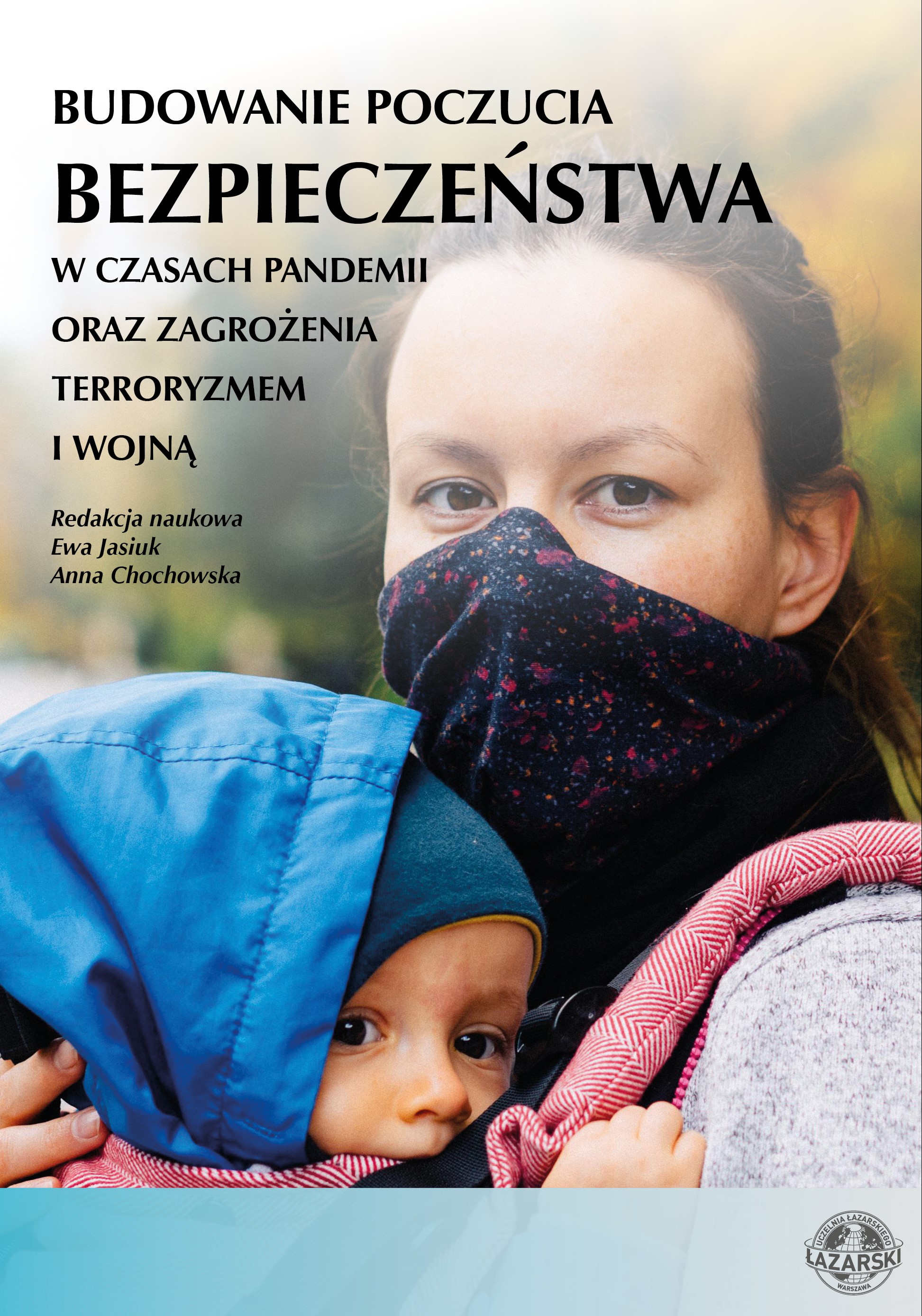
The monograph is an interdisciplinary study that addresses the issue of security in times of pandemics and the threat of terrorism and war. Its aim is to engage in debate and present the conclusions of scientific research carried out by representatives of various research disciplines. The modern world has been dominated by new types of threats. Both military (e.g. the ongoing war in Ukraine) and non-military threats (e.g. the COVID-19 pandemic) exist side by side. Therefore, ensuring security is becoming one of the key problems of the modern world and forces the improvement of methods, tools and techniques to effectively counter it. The issue of security has a multidimensional aspect and is therefore of interest to representatives of various scientific disciplines.
More...
In February 2023, the NATO Strategic Communications Centre of Excellence (StratCom COE) held an event ‘How to Lose the Information War’ detailing the Kremlin’s failed efforts to decisively sway Western populations to its narrative in the initial phase of its war of aggression in Ukraine. But while the Western community’s resilience to Kremlin narratives has been strong, the invasion has exposed deep rifts in perspectives between the West and the Multi-aligned Community (previously known as the Global South) that the Kremlin aims to exploit through Information Influence Operations (IIOs). The March 2022 UN vote condemning the Kremlin’s war of aggression in Ukraine had 35 abstentions, 17 of them from African states. Multiple statespeople and diplomats outside the Western environment have either hesitated to condemn the Kremlin or espoused its talking points. Afrobarometer found that in 24 of 30 African countries, approval of authoritarian governance has risen since 2014. On average, across 36 countries, more Africans (53%) would be willing to consider a military government than would rule it out (42%) “if elected officials abused their power” demonstrating a developing disillusionment that removing corrupt elected officials can be done through democratic institutions. Furthermore, just 38% expressed satisfaction with “democracy”, the lowest share since at least 2014, and in the Africa Youth Survey, just 39% of respondents said that Africans should emulate “Western democracy”. Meanwhile, there has been a 41% rise in Russian Embassy social media followers from February 2022 – March 2023 and the embassies have increased their messaging output. RT Arabic has seen 10 million more users since the invasion, and the frequency with which RT Arabic and Sputnik Arabic published on social media platforms increased by 30-35% and 80% respectively. This report, drawing from research, qualitative and quantitative data, Key Insight Interviews (KIIs), digital tools, and Russian information and deception doctrine, explores the Kremlin’s IIOs in non-Western environments using five selected countries as case studies: Egypt, Mali, Kenya, South Africa, and the United Arab Emirates. The initial set of countries were selected based on their international importance and to represent a cross-section of critical national issues pertinent to Russian information operations, which include food insecurity (Egypt, Mali, Kenya), energy security (UAE), trade and investment relationship with Russia (Mali, Egypt, UAE), military aspects (Mali), and political relevance to the West and Ukraine. The political regime of the countries concerned and stability of governments was also considered. Central to understanding and explaining the process and potential threat of these operations has been the Theory of Reflexive Control (TORC), a Soviet era methodical framework for shaping perceptions via information inputs based on a cultural and psychological profile or ‘model’ of the target and disseminated via propaganda, maskirovka (masquerade, i.e., deception), and provokatsiya (provocation, such as false-flag attacks and hoaxes) to create voluntary decision-making (a ‘reflexive action’) that is favourable to the practitioner (see Annex A for the full description). Despite being the subject of increased scrutiny in the West since the Crimea Crisis of 2014, it has rarely been used as a guiding framework to analyse ongoing Russian IIOs. This report adapts the existing framework to provide clarity to an intentionally complex and obscure process. Each country report uses the TORC to provide a clarifying overview of Kremlin IIOs and their potential outcomes. Full analysis is provided in Annex A.
More...